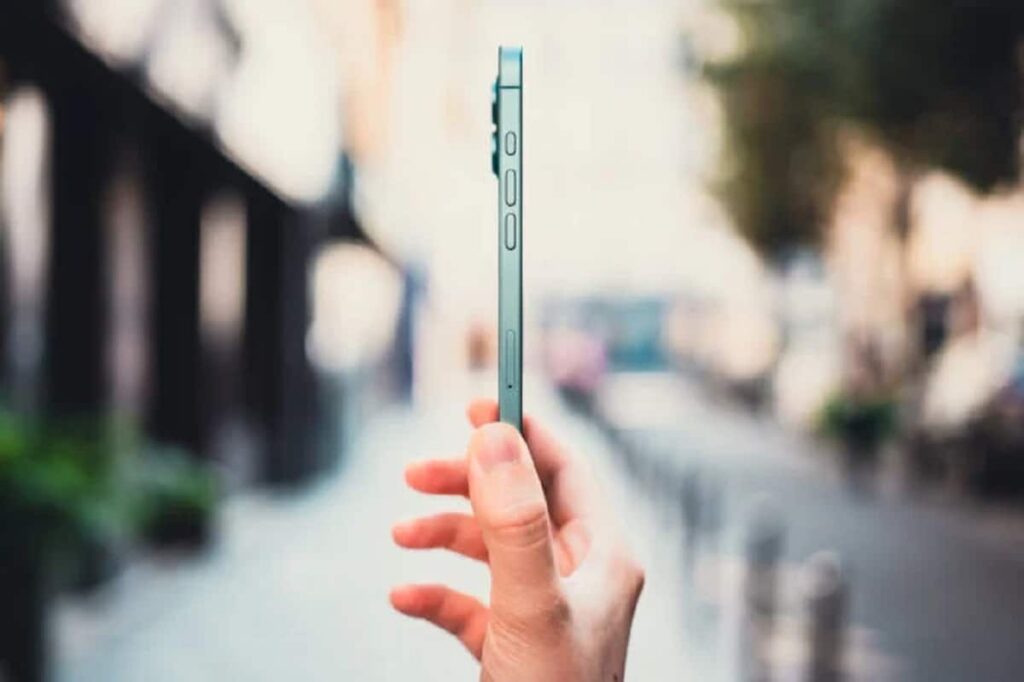The iPhone 16 and iPhone 16 Pro appear to be underperforming expectations, at least based on early sales data. Apple remains tight-lipped about official numbers so soon after launch, but industry analysts are starting to paint a clearer picture. These early insights suggest that the new model won’t hit stores as quickly as its predecessor.
Sales decreased compared to the previous model
Two reports by prominent analysts Ming-Chi Kuo and Dan Ives show a significant decline in iPhone sales compared to the iPhone 15 released last year. According to Kuo’s blog, 37 million iPhones, or 13%, have been sold so far. Decrease year by year. Ives similarly reported that just under 40 million units were sold. This is far from the record-breaking numbers some had expected.
iPhone 16 Pro struggles to make an impact
Most notably, this decline appears to have hit Apple’s high-end models the hardest. Apple’s premium product, the iPhone 16 Pro, is struggling. Kuo estimates that only 9.8 million iPhone 16 Pro units were sold, which is a significant 27% decrease compared to the iPhone 15 Pro at this time last year. The Pro Max model, which was a standout performer in 2023, also saw sales decline, with 17.1 million units sold, a 16% decline.
What’s behind the slump in sales?
Several factors could explain why the iPhone 16 hasn’t gotten off to the strong start that Apple had hoped. One of the most obvious reasons is the slow rollout of Apple Intelligence. This highly anticipated feature was promised as a game changer back in June, but its absence at launch has left many consumers confused. Apple has promised to release Apple Intelligence in the US by the end of the year, but European customers may have to wait until 2025. For those who were expecting to experience cutting-edge AI features right away, this delay is definitely a disappointment.
Another factor is the relatively small number of updates in this iteration. As we highlighted in our iPhone 16 Pro review, the new model doesn’t come with more than minor enhancements. Yes, there’s a new “camera control” button, but its functionality is controversial. Thinner bezels and a slightly improved camera module weren’t enough to convince many users to upgrade, especially when last year’s model still performed very well.
Finally, expectations for the iPhone 16 were extremely high. Many analysts were predicting record sales for Apple’s first smartphone designed around AI, so the reality of lower-than-expected sales was somewhat disappointing. The story may change in the coming months, but initial reactions have been lukewarm at best.
What lies ahead for iPhone 16?
It’s important to remember that the iPhone 16 is still in its early stages of lifecycle. Apple has a long history of stable sales, so these early numbers don’t necessarily spell disaster. However, the company needs to address concerns surrounding Apple Intelligence and prove that the iPhone 16 series is worth the investment, especially for users who are already satisfied with their current devices.
Only time will tell if the iPhone 16 can turn things around. For now, Apple faces a harder-than-expected road in convincing consumers that its latest model is a must-have.
My name is Noah. He is a full-time member of the “Jason Deegan” team. With a passion for technology, we strive to bring you the latest and most exciting news in the world of tech.


